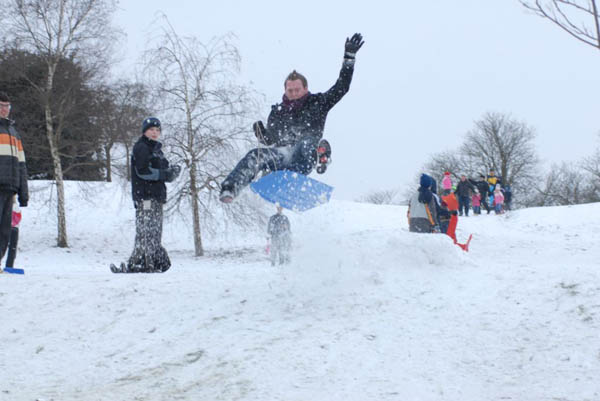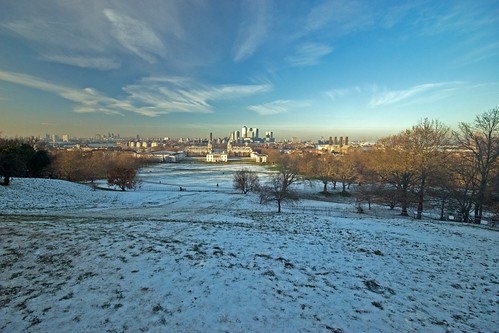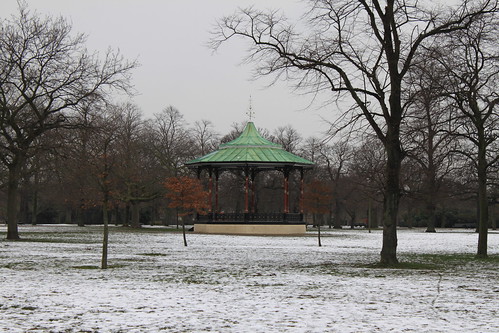Plans to cut the speed of driving in Greenwich Park have been announced by Margaret Hodge, the Minister for Culture and Tourism.
The speed limit in the park will be reduced from 30mph to 20mph. The change came as part of a package of regulation changes throughout the Royal Parks which were subject to a public consultation last year.
The new regulations will also allow Private Hire Vehicles into the park for the first time, and also bring parking charges, which have been frozen since 2004, and penalties for non payment into line with Greenwich Council car parks.
Subject to parliamentary approval, the changes are expected to come into force in Spring 2010.



